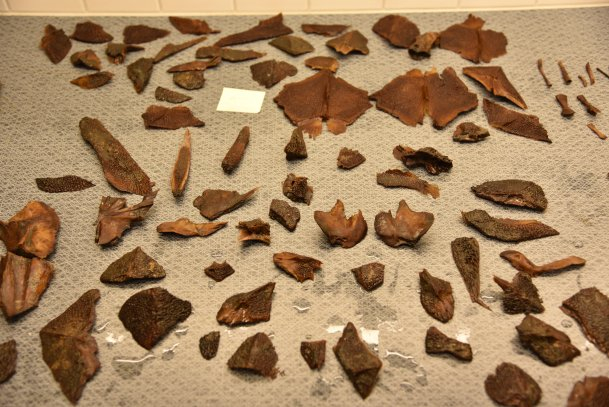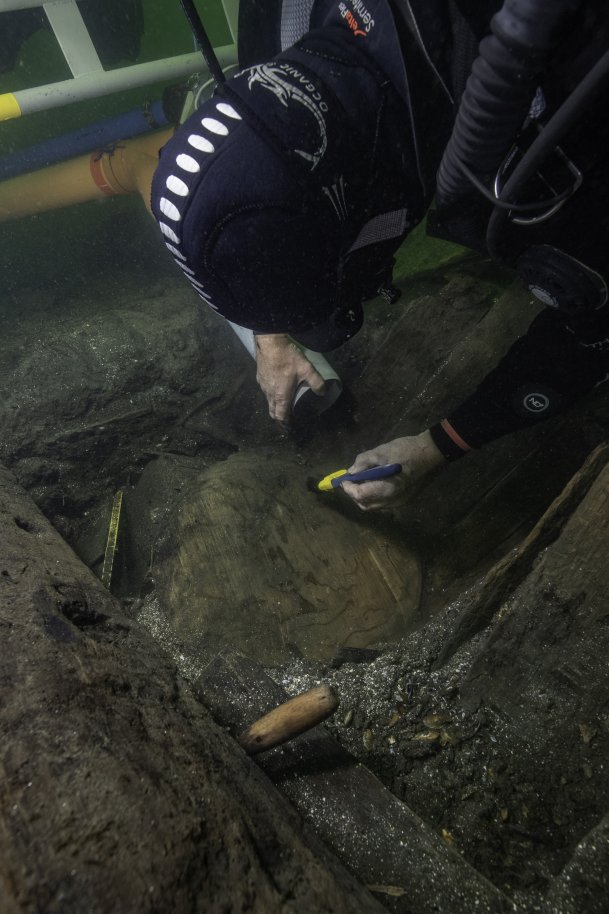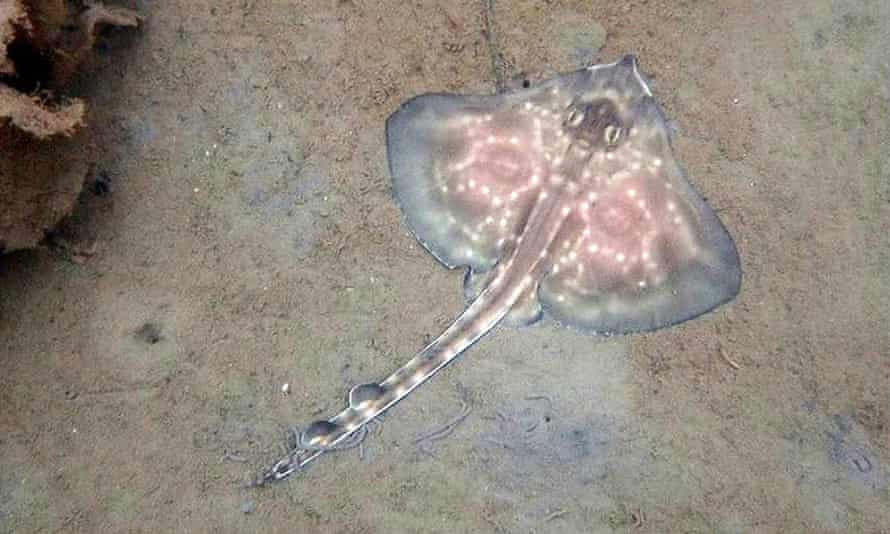By Laura Webster@LauraEWebsterr
Nicola Sturgeon shared a thread after the news came out (Image: PA)
NICOLA Sturgeon has shared her reaction as the Supreme Court decided Scotland doesn’t have the power to hold an independence referendum without the UK’s permission.
The First Minister said she was “disappointed” by the verdict after judges ruled on Wednesday morning.
The SNP chief argued that the court’s finding helps to “expose [the] myth” of the UK as a voluntary partnership.
“While disappointed by it I respect ruling of @UKSupremeCourt - it doesn't make law, only interprets it,” she wrote.
READ MORE: LIVE: Updates as Supreme Court BLOCKS Scottish independence referendum
“A law that doesn't allow Scotland to choose our own future without Westminster consent exposes as myth any notion of the UK as a voluntary partnership & makes case for indy.”
"Scottish democracy will not be denied," she went on. "Today’s ruling blocks one route to Scotland’s voice being heard on independence - but in a democracy our voice cannot and will not be silenced."
The First Minister had been hoping to hold indyref2 on October 19, 2023, if the court found the Parliament could move forward with it legally.
She made clear ahead of the judges' unanimous verdict that if they ruled it out, the next General Election would be used as a de-facto referendum on Scottish independence.
Speaking later at a press conference in Edinburgh, Sturgeon revealed that her party would be holding an emergency conference in the new year to establish how that de-facto referendum would work.
The party will also be launching a campaign on Scottish democracy, she said.
Sturgeon told journalists: “I’m well aware that there will be a real sense of frustration today, in both the SNP and in the wider movement.
“I share that. My message though is this: while that is understandable, it must be short lived – and I believe it will be.
“Indeed, I suspect we will start to see just how short-lived in the strength of the gatherings planned for later today in Edinburgh and other parts of Scotland.”
She said the case of Scottish independence is “now essential” because of “what Westminster control means on a day-to-day basis now and for future generations”.
In its ruling, the Supreme Court concluded that “a lawful referendum” on independence would “undoubtedly be an important political event, even if its outcome had no immediate legal consequences, and even if the United Kingdom Government had not given any political commitment to act upon it”.
They continued: “A clear outcome, whichever way the question was answered, would possess the authority, in a constitution and political culture founded upon democracy, of a democratic expression of the view of the Scottish electorate.
READ MORE: FIFTEEN rallies to mobilise Yes movement in response to Supreme Court
“The clear expression of its wish either to remain within the United Kingdom or to pursue secession would strengthen or weaken the democratic legitimacy of the Union, depending on which view prevailed, and support or undermine the democratic credentials of the independence movement.
“It would consequently have important political consequences relating to the Union and the United Kingdom Parliament.”
SNP to make UK general election 'de facto' referendum on independence following Supreme Court defeat
Nicola Sturgeon has confirmed her government's Plan B following their Supreme Court defeat will be to focus on independence at the next general election.
Chris McCall
NICOLA STURGEON: INDEPENDENCE ESSENTIAL FOR SCOTLAND TO ESCAPE 'DISASTER' OF BREXIT
The SNP will attempt to turn the next general election into a "de facto" referendum on Scottish independence after its original plan was rejected by the Supreme Court.
Nicola Sturgeon said a special party conference would be held in the New Year to determine the details of its campaign ahead of the next Westminster poll, which is expected to take place in 2024.
The First Minister held a press conference in Edinburgh today just hours after judges in London ruled the Scottish Parliament lacked the legal powers required to hold a referendum without the approval of the UK Government.
Sturgeon insisted her party was not abandoning the independence route but rather Westminster was "blocking it".
And the SNP leader claimed a "de facto" referendum was now the most obvious choice for a lawful vote on independence.
She said: "In my view, that can only be an election. The next national election scheduled for Scotland is, of course, the UK general election.
"Making that both the first and the most obvious opportunity to seek what I described as a ‘de facto’ referendum.”
Sturgeon continued: "Now that the Supreme Court’s ruling is known and de facto referendum is no longer hypothetical, it is necessary to agree the precise detail of the proposition we intend to put before the country,” Ms Sturgeon said.
She added: "Given the magnitude of these decisions for the SNP, the process of reaching them is one the party as a whole must be fully and actively involved in.
"I can therefore confirm that I will be asking our National Executive Committee to convene a special party conference in the new year to discuss and agree the detail of a proposed ‘de facto referendum’.
"In the meantime, the SNP will launch and mobilise a major campaign in defence of Scottish democracy because we should be in no doubt that, as of today, democracy is what’s at stake."
Speaking at PMQs, Rishi Sunak insisted "the people of Scotland want us to be working on fixing the major challenges that we collectively face"
SCOTTISH POLITICS
The Prime Minister told MPs: "We respect the clear and definitive ruling from the Supreme Court of the United Kingdom.”
"The people of Scotland want us to be working on fixing the major challenges that we collectively face, whether that’s the economy, supporting the NHS or indeed supporting Ukraine.
"Now is the time for politicians to work together and that’s what this Government will do."
The UK Government does not agree with Nicola Sturgeon’s proposal to use the next election as a de facto referendum, Downing Street has said.
Asked whether the Prime Minister agreed with the plan, his press secretary told reporters: "I don’t think that is the position of the UK Government.
"The Supreme Court’s decision today has been very clear."
She added that it was a “matter for Holyrood” and declined to comment on “constitutional arrangements”.

Alex Salmond slams Nicola Sturgeon over 'bad gamble that has not paid off' after Supreme Court ruling

Scottish independence supporters plan rallies across the country after Supreme Court verdict






















